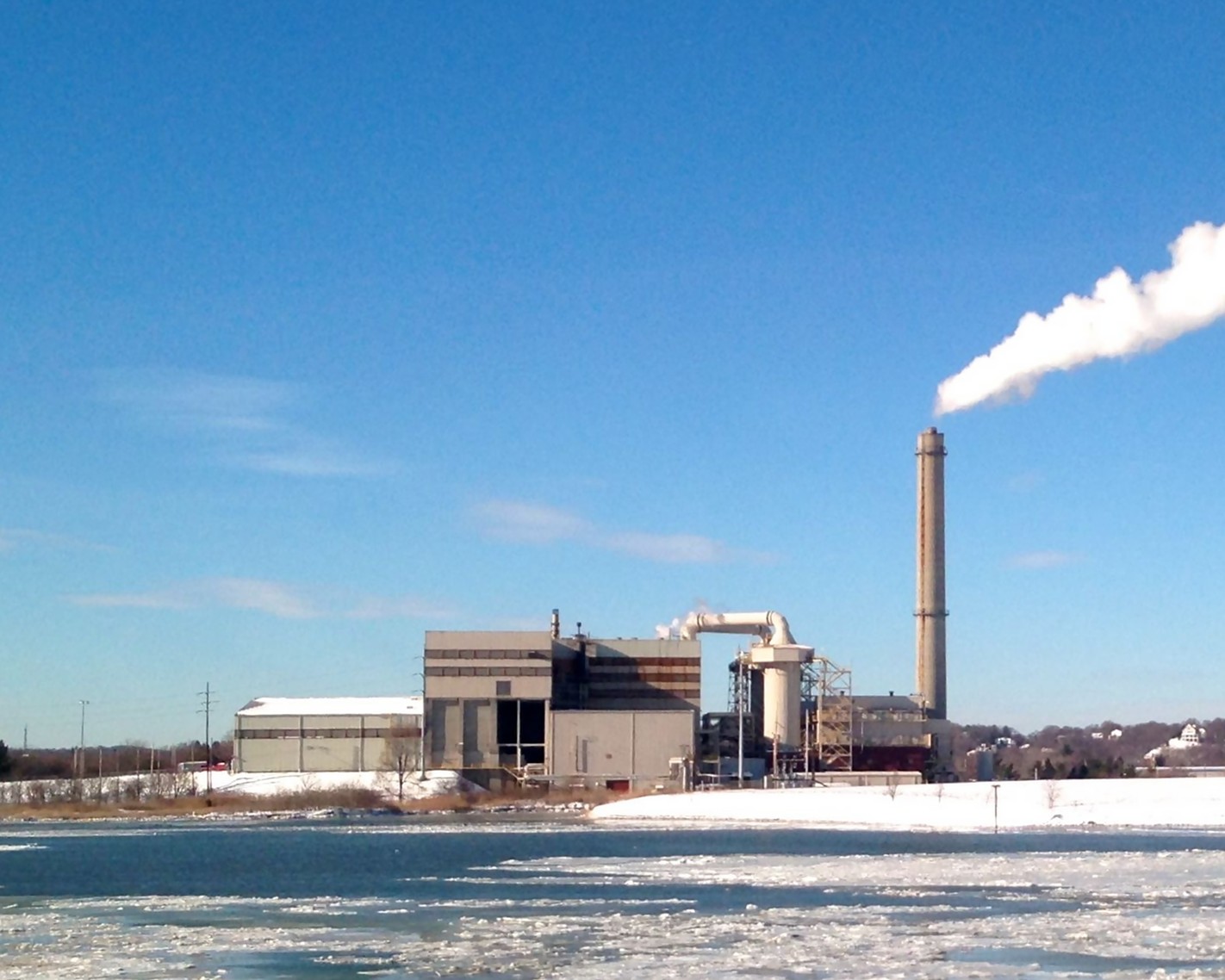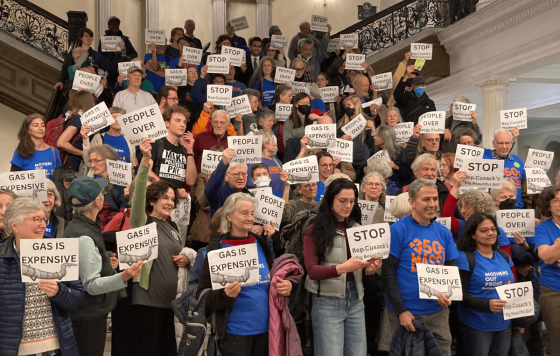
On Tuesday, October 26th the Zero Waste Massachusetts coalition hosted a webinar on incineration in Massachusetts. During this webinar I learned about the dangers of incinerators and why they are not the solution to Massachusetts’ waste problem. We heard from Tok Oyewole from the Global Alliance for Incinerator Alternatives (GAIA). Tok is an expert on all things incinerators, from the economics of incinerators to their health and environmental implications. We also heard from Jackie Mercurio, a resident of Saugus, Massachusetts, who has firsthand experience dealing with the implications of living near an incinerator. Finally, participants heard from Rusty Polsgrove, representing Arise for Social Justice in Springfield, MA which has successfully fought the construction of a biomass incinerator in their community. We also learned about steps we can take right now to stop new incinerators from being built in Massachusetts.
What is the Zero Waste Massachusetts coalition and the Solid Waste Master Plan?
Zero Waste Massachusetts (ZWMA) is spearheaded by Conservation Law Foundation, Community Action Works, MASSPIRG, and Clean Water Action. It has been together for almost fourteen years. The coalition’s goal is to press the Department of Environmental Protection (DEP) to get Massachusetts on a path to zero waste. Every 10 years the DEP is required, by law, to draft a solid waste master plan for the next decade. This plan covers a wide range of waste topics including recycling, incineration, composting, reuse, etc and the new plan--for 2021-2030-- has just been released.
ZWMA’s goal is attainable. Other cities, states, and countries have already adopted policies to achieve zero waste. A majority of our waste can be either eliminated completely or diverted from the waste stream: 30% of what goes into the waste network can be composted and 40% is already banned from the waste system because it's either recyclable or toxic. We already know what to do with 70% of our trash! So, ZWMA is calling on the state to achieve 70% reduction by 2030 and at least 90% by 2050. This newly released plan DOES NOT meet those goals, and in fact allows for an increase in incineration by 350,000 tons.
What is so bad about incinerators?
Tok from GAIA told participants that incineration consumes a vast quantity of resources, both monetary and material. The life expectancy of incinerators is 30 years and the average age of incinerators in the U.S. is 31 years. Upgrading and repairing these facilities is costly and not worth it. They also cause environmental and health injustices. Fifty eight of the seventy three incinerators in the U.S. are located in environmental justice communities. These sites emit lead, mercury, and other pollutants to surrounding EJ communities. Additionally, this process is even dirtier than burning coal. During incineration, toxic emissions are released into the air and the remaining toxic ash still needs to be disposed of in landfills.
Incinerators undermine recycling and reduction through the “lock-in effect.” When incinerators are used to dispose of trash, municipalities are dissuaded from reducing and recycling as a result of “put or pay” contracts in which the city or town must contribute a minimum amount of waste in the incinerator or pay a fee. This also eats up money that could otherwise be used for zero waste programs.
Jackie Mercurio is a Saugus resident who lives less than a mile away from Wheelabrator Saugus, the oldest incinerator in the country which has an unlined ash landfill right next to it. This incinerator has been operating since 1976, far longer than the expected 30 year life span, and Jackie’s family has been living in the same neighborhood for over 100 years. Her family has spent their whole lives fighting against this polluting facility. Members of Jackie's household have suffered from brain and/or prostate cancer and her neighbors also have been diagnosed with a variety of cancers.
The incinerator is located right next to the Rumney Marsh, which is an area of critical environmental concern. Additionally, because it is surrounded by water, the facility is vulnerable to storm surge, sea level rise, and flooding. Most Saugus residents are deeply concerned about air and water pollution. There isn’t and has never been air quality or water monitoring in the area.
Within the next two years Wheelabrator Saugus’ permit will expire. However, the company is planning on applying for another permit to continue operations. Many local officials support the continuation of this facility and “in turn, wheelabrator is offering the town a new fire station, or at least paying for most of it,” said Jackie. This fire station will be located on the other side of town. In Jackie’s and other residents’ minds, the company is “saying ‘Hey, we’ll fix one public health issue on the other side of town, but we’re not going to deal with our own issues.’”
Rusty from Arise has some good news! The biomass incinerator that was proposed for construction in East Springfield has been defeated! This facility would have burned 1200 pounds of organic waste per day to produce power. East Springfield is a working class neighborhood that’s very racially diverse and the heart of a city that has been named the asthma capital of the U.S. This community “often finds [itself] being a target of Eversource . . . and biomass incinerators . . . because people assume we don’t have the ability to push back,” says Rusty.
In spring of 2021, the state revoked the permit for building the incinerator because it had expired and because of environmental justice concerns. What helped the community win was getting the support of the neighborhood councils. All of the different neighborhoods in Springfield have delegates and councils that represent and work with them. Partnering with these councils helped Arise mobilize many Springfield residents against the incinerator. Additionally, there was a lot of momentum and help from the Upper Connecticut River Valley, i.e. Northampton, Amherst, and other wealthy communities. The biggest action that helped was appealing to the zoning board and getting them to revoke the air pollution permit for the incinerator.
On top of the biomass center, Springfield is currently fighting a fracked gas pipeline. This pipeline runs the risk of leaking and causing immense environmental and health problems for Springfield and surrounding towns. Clean Water Action and our allies are calling on the commissioner and staff of the DEP to commit to not using the allotted 350,000 tons added incineration capacity from the new 2020-2030 solid waste plan. Stay tuned for updates!


